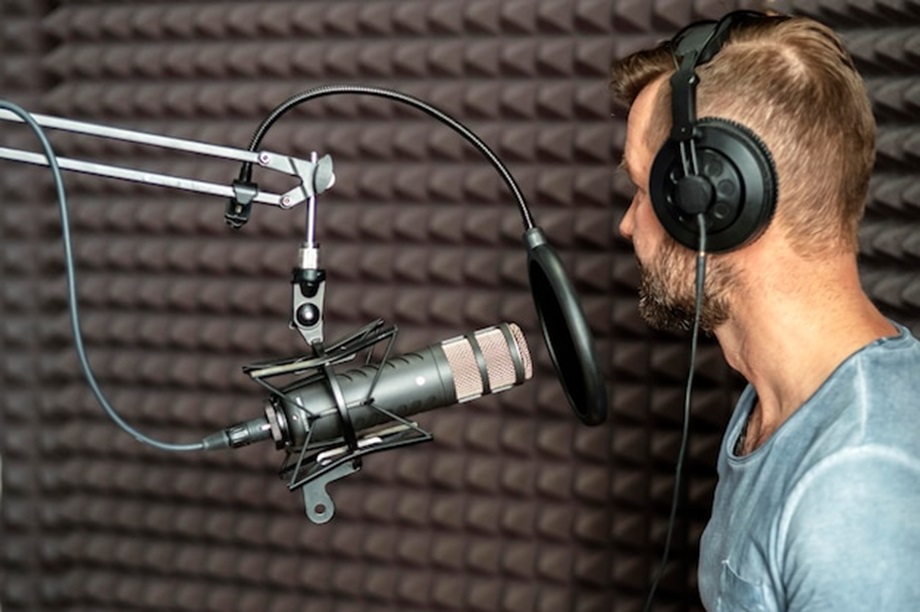No matter if you’re just starting out in the world of voice acting or looking to improve your skills, having the right voice-over equipment can make all the difference. From selecting the perfect microphone to choosing the right software, there’s a lot to consider if you want your voice to sound professional. In this article, we’ll break down the different types of voice-over equipment available and discuss some important considerations for beginners in the industry.
1. Microphones: The Heart of Your Voice-Over Setup
When it comes to voice-over equipment for beginners, one of the most crucial pieces is the microphone. There are two main types of microphones you’ll come across dynamic and condenser.
- Dynamic microphones are known for their durability and ability to handle loud sound sources, making them ideal for live performances. However, they may not be the best option for voice-over work, as they can sometimes lack the sensitivity and frequency response needed for capturing clear, detailed audio.
- Condenser microphones are better suited for voice-over recordings due to their sensitivity and accuracy in capturing a wide range of frequencies. They require phantom power, which can be easily provided via an audio interface or mixer.
It’s essential to select the right microphone for your specific needs and budget because investing in a high-quality mic will greatly improve the sound of your voice-over demos. This is especially important if you plan to use your recordings for professional purposes.
2. Audio Interfaces: Your Sound’s Gateway to the Digital World
While a good microphone is important, it’s equally important to have an audio interface that effectively converts your voice into a digital signal. Audio interfaces act as a critical connection between your microphone and your computer, ensuring that your recordings are clear and free of noise.
When shopping for audio interfaces, consider factors like the number of inputs and outputs, compatibility with your computer, and quality of the preamps. Beginners should look for audio interfaces that are user-friendly and provide intuitive functionality.
3. Recording Software: Every Project’s Foundation
Your choice of recording software can greatly influence your voice-over workflow and productivity. Look for software that meets your budget and usability requirements.
Take the time to learn the features and limitations of your chosen software. The easier it is to learn, the faster you can get started producing quality audio.
To Sum Up
Investing in high-quality voice-over equipment is a crucial step for beginners looking to create professional-sounding audio. By understanding the stages of learning, you can methodically increase your knowledge and skills, ultimately producing excellent voice-over demos. Seeking additional resources, tutorials, or mentorship can also benefit those on this journey. Take that first step into the world of voice-over work, and start building your portfolio today.


